In a world dominated by desk jobs, long commutes, and digital distractions, finding time for fitness can feel impossible. Yet one of the most effective forms of exercise—walking—requires no gym membership, expensive equipment, or hours of commitment. Just 45 minutes a day can significantly improve your physical health, mental clarity, and long-term well-being.
Recent research suggests that walking close to two hours daily may reduce long-term back pain, but even a more manageable 45-minute routine can deliver powerful benefits. Whether you're aiming to improve posture, prevent chronic conditions, or simply stay active amid a packed schedule, walking is a sustainable, low-impact solution.
While some studies recommend over 100 minutes of daily walking for optimal back health, 45 minutes strikes a realistic balance for most people. This duration aligns with the CDC’s guideline of 150 minutes of moderate aerobic activity per week—achievable with just six 45-minute walks.
Walking at a brisk pace for 45 minutes helps improve cardiovascular health, manage weight, reduce stress, and enhance joint mobility. It’s also been linked to increased life expectancy—some research even suggests walking may add up to five years to your life.

The key to consistency is integration. Instead of treating walking as a separate chore, weave it into your existing routine:
Even broken into segments—such as two 20-minute walks and a 5-minute stretch—45 minutes is achievable without disrupting your day.
Walking isn’t just about distance—it’s about form. Poor posture while walking can lead to back pain, neck strain, and inefficient movement. Follow these ergonomic tips for a healthier stride:
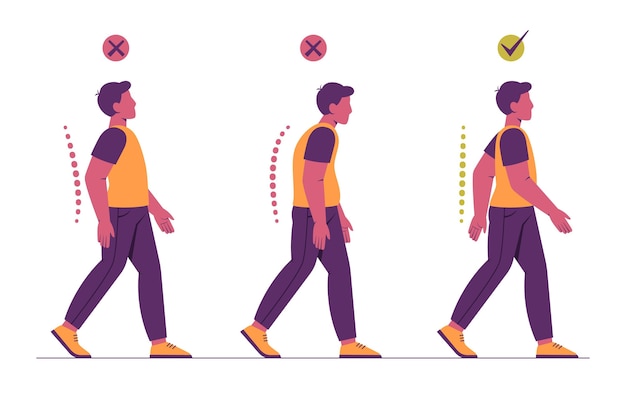
If you spend long hours sitting, walking helps counteract the negative effects of sedentary behavior. It activates underused glutes and hamstrings, improves circulation, and reduces stiffness.
One of the greatest advantages of walking is its accessibility. You don’t need high-tech gear—just a few essentials:
If you’re new to walking or returning after a break, ease into it:
Listen to your body. If you feel pain beyond mild fatigue, adjust your pace or take a rest day.
Sustainability comes from habit, not motivation. To make walking a lasting part of your life:
Over time, you’ll notice improved energy, better posture, and greater resilience against everyday stress.
Walking is more than exercise—it’s a return to natural human movement. With just 45 minutes a day, minimal gear, and attention to posture and ergonomics, you can build a habit that supports lifelong health. No matter your schedule or fitness level, walking meets you where you are—and moves you forward, one step at a time.

Fitness

Fitness

Fitness

Fitness

Fitness
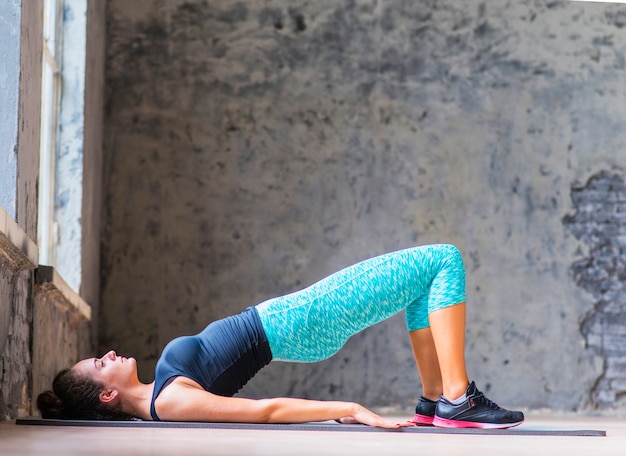
Fitness

Fitness
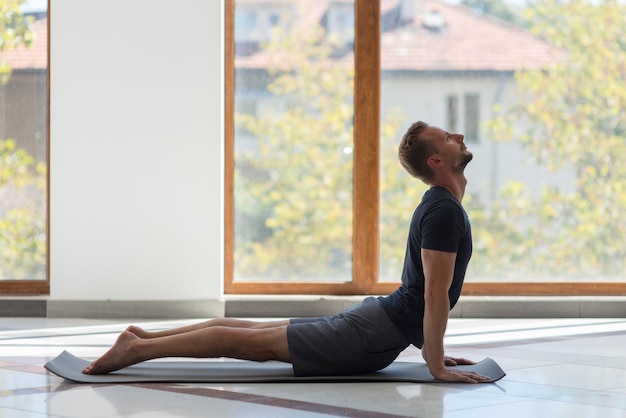
Wellness
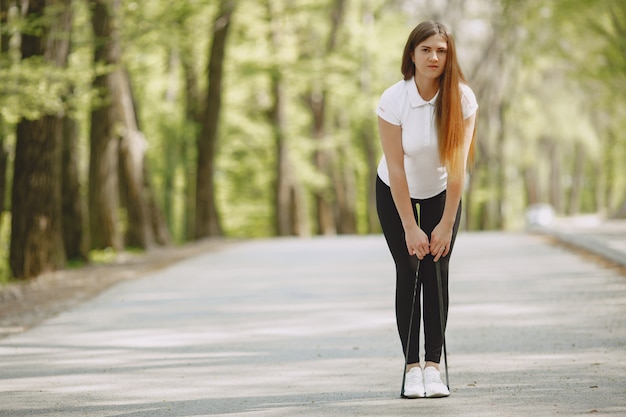
Health
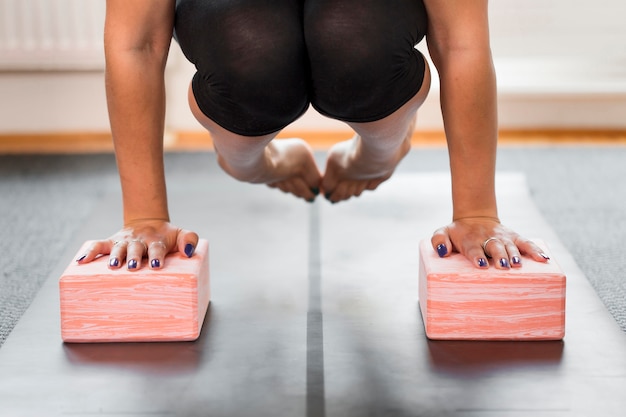
Fitness
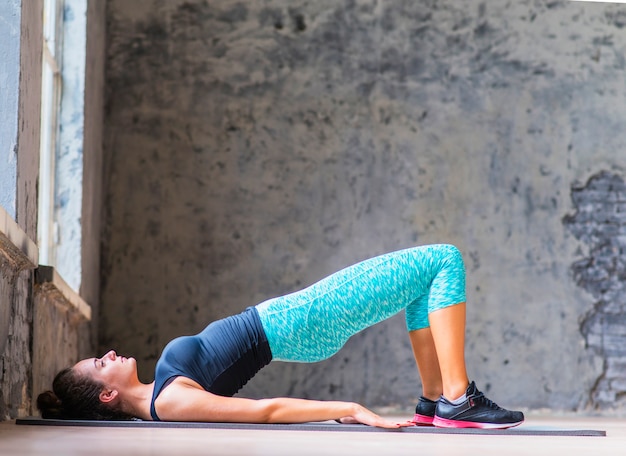
Fitness

Fitness

Health

Fitness

Health

Health